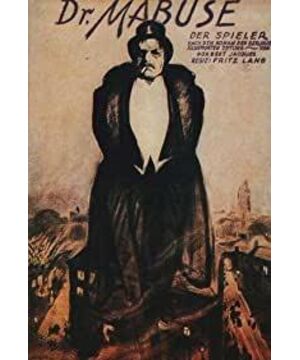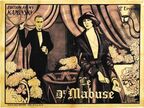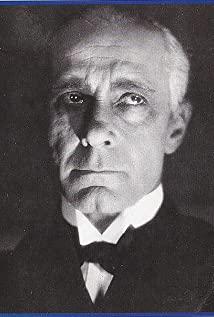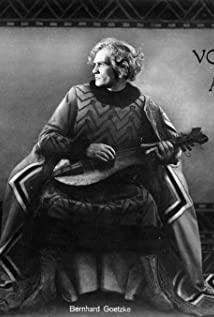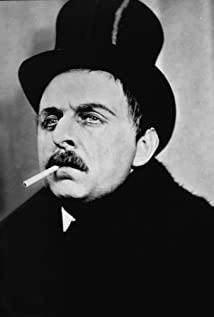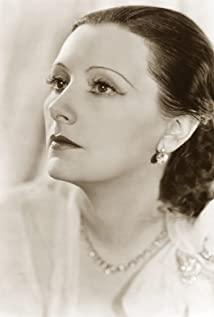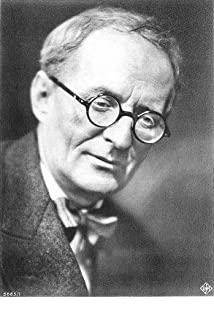opening chapter lays out the story line of the main character scenes by showing how Mabus spends a day. In the first scene of the opening scene, he took photos of his own identity like a card draw, showing the horse's multi-identity, gambler-like adventurous attitude, and self-game confrontation. The admonishment of drug abuse allows the viewer to understand the possible criminal identity of the character group and the cowardly foreshadowing of the subordinate's character (betrayed at the end). The next file-grabbing scene is tense. Starting from the horse looking at the watch, the subordinates on the train watch the watch, and the subordinates waiting to receive the file watch the watch. The same behavior string together the upcoming intersection of three spaces at the same time. The horse's hand slowly took the phone and waited. The inner emotional tension of the character's performance was externalized. 0:5:05 There are cars and trains moving up and down in the bridge hole. The file was dropped from the train and fell into the back seat of the car. The driver blew his horn, the operator connected the line, and the horse waiting for the phone finally rang. A series of character actions, space Continuous conversion. The horse went out after dressing up, pretending to give alms to beggars to trade, pretending to crash into a car to get documents, incarnate as a rogue, go home and enter the counterfeit workshop (the blind also foreshadowed the ending). The handling of the incident highlights the secretiveness of horse crime. The stock market uses documents to make waves, buying low and selling high, standing alone at 0:18 among the noisy people. The different relationship with the environment also conveys the life philosophy and attitude of the horse in the theme of the film, the game with others, and the power. Play with the controls. In the background of the chaotic stock market where people go to the empty building, several faces of the horse are overprinted in turn, and the players with multiple identities are set to explain.
The psychoanalysis lecture at night and the mind control of Hall in the nightclub revealed another mysterious line of the film, the hypnotic psychological control. Then Ma controlled the use of Hall to gamble to win his money, and arranged to use the dancers to use Hall for a long time. In this process, because of malicious gambling, the state prosecutor intervened, and the other side of the film confronting the player Mabus appeared. Then the prosecutor followed Hall into the gambling club to investigate and search for horses. The countess appeared. The key figures have been accounted for, and the game between horses and prosecutors has begun.
The prosecutor invited the countess to investigate together. The dancer reminded the horse to be careful. The prosecutor entered the underground casino and fought the horse directly for the first time, ran away and tracked the horse, escaped by the horse in the hotel, and was set to be stunned and thrown into the wild. Ma made up his mind to get rid of the prosecutor and Hall, let the dancers get off the hook, and lead them to the new club. And Ma himself went to participate in the surrender to get to know the countess. Hall was killed, the prosecutor escaped, and the dancer was arrested. The prosecutor failed to use the countess to set the dance girl, and the horse controlled the count to create chaos and take the countess away.
Ma used the Earl's help to control him under house arrest, and sent someone to make the dancing girl commit suicide. His subordinates failed to assassinate the prosecutor and were arrested. They created chaos and took the opportunity to kill the arrested subordinates. The Earl mentally controlled him and ordered him to commit suicide.
The earl servant's reminder asked the prosecutor to find the doctor, but the doctor (horse) was already waiting for him at the prosecutor and asked him to go to the evening performance to find the answer. During the performance, the horse controlled the prosecutor and induced him to commit suicide. The prosecutor was rescued by his colleagues and realized that he was a horse trap before, and the doctor was the horse.
The police surrounded the horse’s residence, the two sides fought, and her men were either dead or captured. The countess was rescued, and the horse fled to the counterfeit banknote counter to be trapped. She was in a state of insanity. His men confessed the horse’s hiding place. The prosecutor found out at that time. A horse that has been insane.
The two lines of Ma and the prosecutor cross narrative, using the intersection of characters (dancer, countess, etc.) and events (club investigation, tracking, assassination, performance, etc.) to create a confrontation and conflict between the two main characters.
Lens language:
46 points through the change of the wall calendar to indicate the advancement of time ("Chongqing Forest" also uses the timetable card)
57 points started with Schram's work scene fragments in several years, telling his story family history
masking, the eye close-up starting at 1:27, gradually darkening highlights the peripheral face, the word on the table
1:32:54, side mirror framing
1:55, a first rotation angle, and a lens pronation Echoing the
second part: 0:02, window shadow movement, the dancing girl's inner swing
At 5:36, the camera was fixed. The prosecutor exited the room from the window, the wind moved the curtains, and the light from the outer room was shining in from the door. The prosecutor brought the earl into the house, closed the windows, turned on the light, closed the door, and took off his clothes. The extension of the space outside the painting uses motionlessness to free up imagination for the movement, rich information, direct and true atmosphere, feelings and substitutions.
At 53 points, the earl imagined a lot of himself, playing cards, chasing, and visualizing mental pain.
1:15, the stage becomes real, people walk out of it, and disappear all at once. The momentary transition between the stage and the real scene, the person in the painting walks out of the painting and disappears, breaking the boundaries of reality and reality, which is the ultimate expression of the mystery of the horse's mental control ability, from false to true, and from true to false.
1:28, the words projected from the car to the front of the road, the visual integration of the inner spiritual activity and the external behavior of the characters.
The imagination of the horse started at 1:47. The people who had been killed by him appeared before, and the blind men turned into them and let the horse sit in the village. The cards were divided, saying that the horse was a liar, and the horse threw counterfeit money frantically. Looking back, the metal on the wall turned into a moving machine monster. Ma, a gambler of fate, was finally killed by himself, unable to escape his own game, money drive, and the illusion that he once used it to manipulate others. The collapse of the will to power
1:49, the suicide of his subordinates and the "fuck you" on the wall , The separation of the meaning represented by the main character, he represents the unsubdued confrontational attitude of throwing reservations and existence. The
form (lens language) and content (narrative) perfectly present the depth of the theme, and the continuous search for passion and excitement-gambling , Crime games, power (money, the manipulation and expropriation of two female characters, the manipulation and destruction of others) will-mind control illusion, anti-social confrontational attitude. The philosophical concept of the theme is separated through the pros and cons of multiple characters, and the development of the words and deeds of the characters and the conflicts between the characters are used to show the concepts and reification.
View more about Dr. Mabuse, the Gambler reviews


